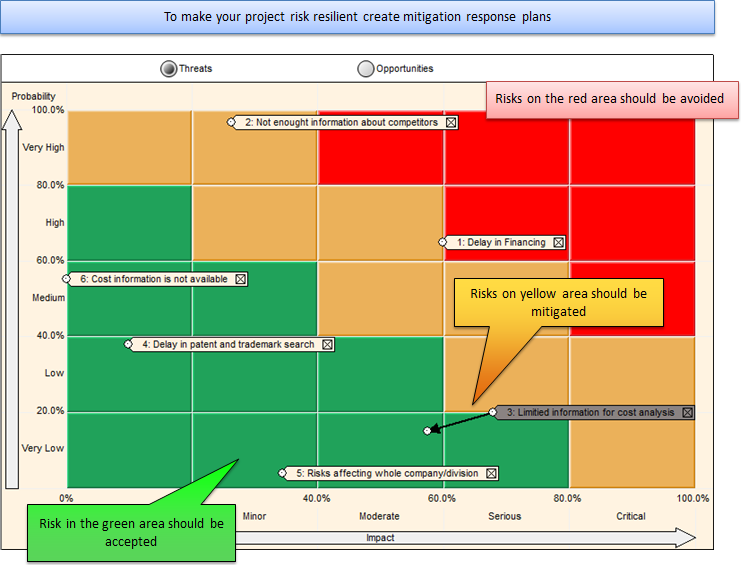According to a quick search, the definition of resilient is an adjective to describe people or things that are “able to withstand or recover from difficult conditions.” The condition of being resilient is a key to success in any endeavour and while some people or things have an innate resilience, in general it is something that must be cultivated through experience, training, and planning. Recently, I watched an interview with an ex-Navy Seal, who in his second career has become famous for methods for building personal and team toughness and resilience. He was asked if he had ever watched the movie “Navy Seals”, a 1990 movie starring Charlie Sheen, and realistic a depiction it was. Obviously, it isn’t, but one main points was that Charlie Sheen saw more action in the brief period that the movie covered than most Seals would see in a career. The reason being is that the Seals spent 95% of their time planning, looking at every possible scenario, and developing contingency plans to ensure they had the best chance of success. The point being, that while Navy Seals are extremely well trained, their missions are successful because they are resilient due to extremely careful planning.
This same approach can be applied to project management to ensure that your project is resilient. Basically to make your project risk resilient you need to include provisions for risk mitigation and plan risk response. Here is how you can make your project resilient.
Step 1. Identify possible obstacles to delivering the project. Ask three important questions. One, what could happen during project execution? Two, what would the impact be to capabilities, cost and schedule if something occurs? Three, what can do about it? During this process, you should identify risks (obstacles), assess them (how likely and ranges of impacts), and prioritize (identify those that have the most potential to affect your project).
Step 2: Create risk response plans. Starting with your highest priority risk, determine the best strategy for reducing its impact on the project. Commonly, these strategies are defined as Avoid, Transfer, Mitigate or Accept. Avoiding or transferring risks often means changes to project scope. Mitigation will allow you to reduce risk impacts, but require spending additional time and resources to achieve this and essentially becomes a cost benefit analysis to developing the most cost effective strategy for reducing risks. The post-mitigated impact of the risks, plus the impacts of the Accepted risks are residual risks that must be accounted for in your plan.
Step 3: Identify and assign uncertainties to the your plan. Uncertainties are natural variances that are unmanageable and affect all activities. Uncertainties occur during project execution, often due to unforeseen circumstances, but also due to varying conditions that occur during project execution. As they cannot be managed (like the residual risk), uncertainties can only accounted for.
Step 4: Run Monte Carlo simulations to generate risk adjusted schedule margin and cost contingency. Running the simulation will generate range of outcomes for cost and schedule. Using these probabilistic ranges, you can generate schedule margin and cost contingencies to that give your project a high confidence of finishing on time and budget with the need capabilities. Monte Carlo simulations also allow you to determine efficiency of mitigation efforts and select best mitigation plan.
Using the above steps, you can ensure that your projects are risk resilient and give your team the best chance to be successful in delivering the promised value to your stakeholders.








